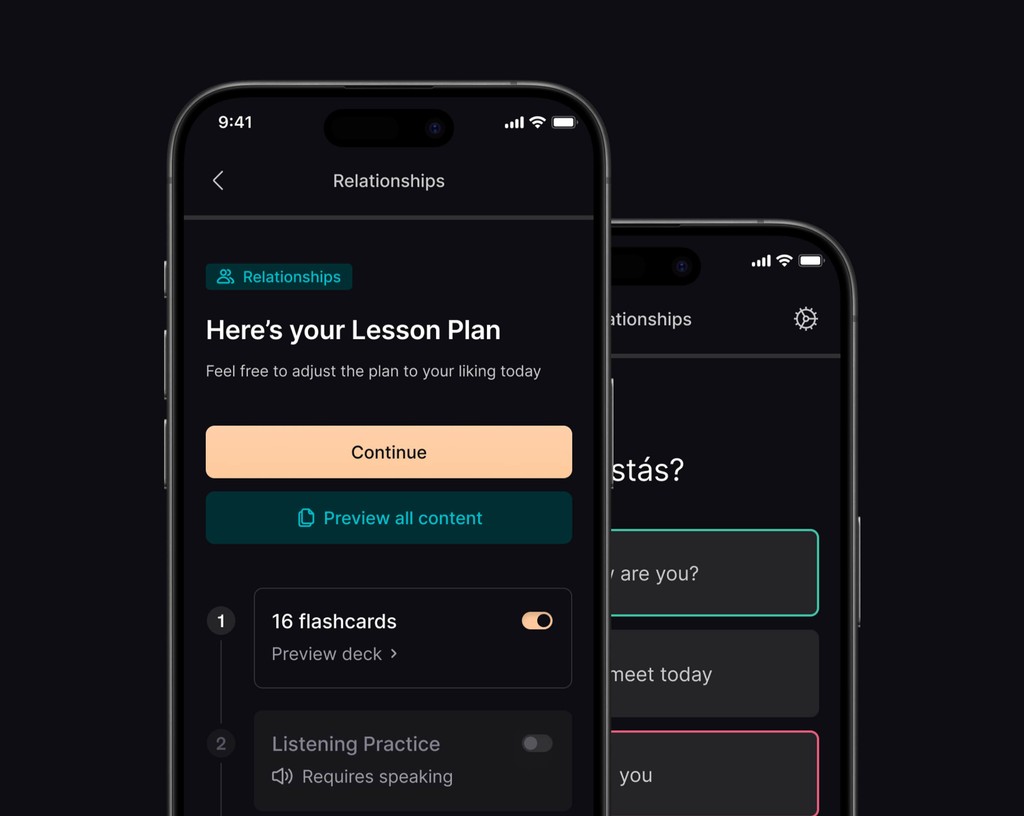Language Learning in Every Class
5 mar 2025
Culture Shock
While international schools proudly offer English-medium instruction, many students are not native English speakers, posing a significant challenge. Without targeted support, this language gap can lead to decreased comprehension, reduced participation, and lower academic achievement. Recognizing this issue, schools are increasingly embracing bilingual learning—today, 36% of international schools offer bilingual education, up from 29% just five years ago.
Culture Shock: Seamless, Cross-Curricular Integration
Culture Shock enables schools to embed effective language learning directly into everyday classroom activities, without the need for additional class periods, specialized instructors, or costly technology. Utilizing a Content and Language Integrated Learning (CLIL) approach, Culture Shock maximizes existing resources by allowing students to simultaneously learn subject content and language skills, resulting in significant "time gains" and heightened educational efficiency.
Real Classroom Impact: Enhanced Vocabulary and Deeper Comprehension
Integrating language instruction with core content has proven to strengthen vocabulary retention, comprehension, and academic performance. For instance, students encountering the term "photosynthesis" in a science lesson can seamlessly learn its Spanish equivalent, "fotosíntesis," reinforcing the concept for Spanish speakers and introducing new vocabulary to English speakers. This dual-language strategy facilitates deeper connections with material, improving retention and comprehension.
Culture Shock also promotes classroom engagement by validating students’ native languages, encouraging peer contributions, and fostering a collaborative, multilingual learning environment. A Spanish-speaking student can confidently introduce or explain terms in their native language, and English speakers benefit from exposure to diverse mnemonic techniques and linguistic insights.
Proven Outcomes: Strengthened Academic Performance
Decades of research affirm the effectiveness of integrated bilingual education, demonstrating that students consistently outperform their monolingual peers in both language proficiency and core academic subjects. Studies reveal that bilingual students achieve higher scores on reading comprehension and standardized tests, underscoring the academic advantages of cross-curricular language integration. For example, a study involving over 13,000 elementary students found significant improvement in English literacy skills among students enrolled in dual-language programs compared to their monolingual peers.
The Culture Shock Advantage
For international schools striving to close language gaps without increased spending, Culture Shock offers a uniquely practical and scalable solution. By embedding language learning into daily instructional practices across subjects, Culture Shock turns linguistic diversity into an asset rather than a barrier. This innovative approach requires no extra budget, staffing, or technology, making it accessible and immediately implementable.
In adopting Culture Shock, educators and administrators are equipped to cultivate a dynamic, inclusive learning community, where language barriers become opportunities for academic enrichment. Culture Shock transforms linguistic diversity into a strength, preparing students for global success through authentic, meaningful bilingual education.
¿Listo para aprender?
Get immersed
in any language
Únete a CultureShock hoy y aprende a conversar con confianza, en cualquier lugar del mundo.




